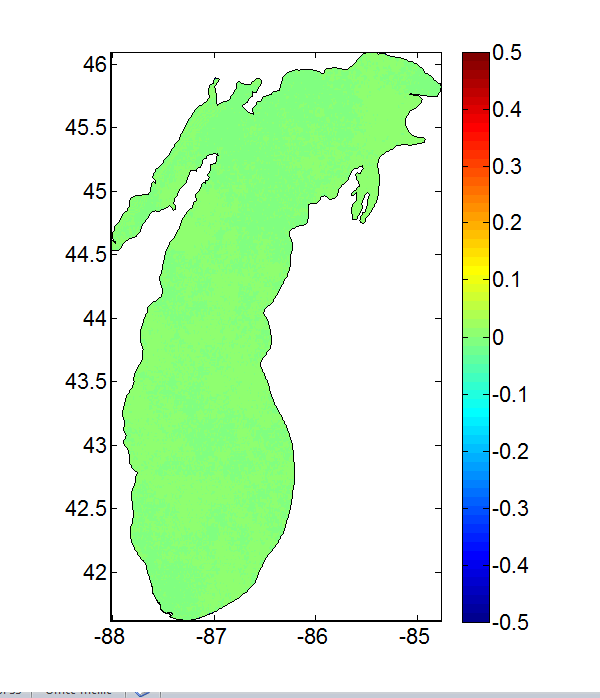Ever Heard Of A Great Lakes Tsunami? Scientist Says They Happen About 100 Times A Year
By David Casselman

Ever Heard Of A Great Lakes Tsunami? Scientist Says They Happen About 100 Times A Year
By David CasselmanTsunamis in the oceans are often triggered by earthquakes and volcanic eruptions. But scientists say there’s a kind of tsunami that’s also a common occurrence on the Great Lakes.
These waves aren’t nearly as big as the ones on the oceans, but they can be deadly.
One reported to be 10 feet tall hit a Chicago pier in 1954 and seven people drowned.
Here’s a meteorological model of that event:

Adam Bechle is a researcher at the University of Wisconsin. He says tsunamis on the Great Lakes are not so different from the ones in the ocean.
“We’re talking about a very similar wave. Smaller tsunamis happen in the ocean as well and we’re talking about a bit smaller phenomenon in the Great Lakes,” he says.
Bechle says wind and pressure changes create tsunamis when fast-moving storms travel over the lakes. He calls the phenomenon ‘meteorological tsunamis,’ or ‘meteotsunamis.’
“We’re talking about a rise and fall in the lake of about a foot or more that happens over the course of a few minutes, up to an hour,” says Bechle. “So these are unusually fast changes in the water level and they can catch people off guard, they move a lot of water very quickly and create strong currents that pull out into the lake.”
In a recent study, Bechle and his team found that meteotsunamis happen on the Great Lakes about 100 times a year on average.
“We’ve seen reports from meteotsunamis that are about a foot tall that have actually swept people out into the lake. That happened in Lake Erie in 2014. And we’ve seen historical reports where boats get overturned or docks get damaged,” he says.
Bechle says he plans to work on developing formulas for predicting when meteotsunamis will strike in the future.

